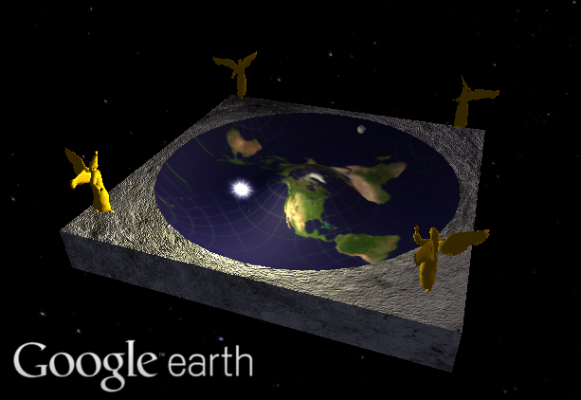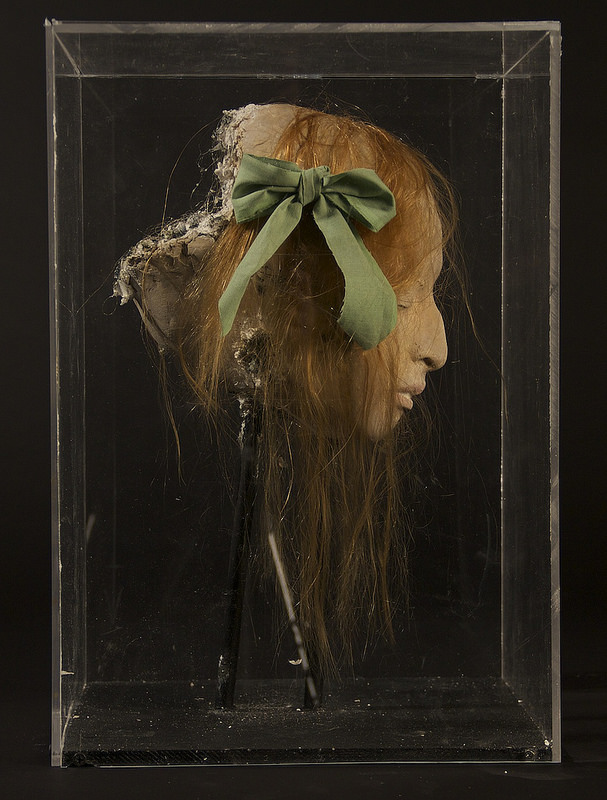Hi all!
My name is Amanda Watson, and I’m a 4th-year BXA undergraduate studying CS and Directing. So far, my software interests have mostly been low-level, but I’m hoping one of the outcomes of this semester and this class is learning from others and developing strengths across the stack.
I am in theory supposed to be graduating this semester, but have made the dubious choice of splitting my graduating semester in two to do some work at Disney Research. So I will likely still be here in the fall, researching and finishing my probability requirement.
The project I’ve been working on for the past year is a little ‘different’ from my past work, and what one might expect of creating new culture. In May of 2015, two friends and I created The Moroso Project with the express purpose of seeing what happens when one builds everything at once. Our goal was to design and build a CPU, programming language and operating system written in our programming language on our architecture as simultaneously as possible. Building a hobby operating system isn’t exactly a novel idea, but we saw this as a diplomacy/design challenge rather than a technical one. Traditionally in projects, you have to work with someone’s precedent or expectations — we wanted to see what we could do when everything was negotiable. Today, we have a fully-functional compiler and operating system that is starting to get a graphics library, in the hopes of having it be able to play Doom and other small games.
I know this isn’t the sort of thing one typically thinks of as artistry. And maybe it isn’t. I like talking about this project because it’s something I’m passionate about, and because, as a director, I find it compelling to play around with how people work and collaborate. The operating system tends to be the wall most of us hit when we’re trying to create new software, something we lack the power to change. 25-30 years ago, new architectures and operating systems were constantly being developed, but today, we’ve established such strong paradigms that it seems unlikely that these environments are going to change. My hope is that, by having control over the entire stack, I’ll be able to explore what’s possible in development.



